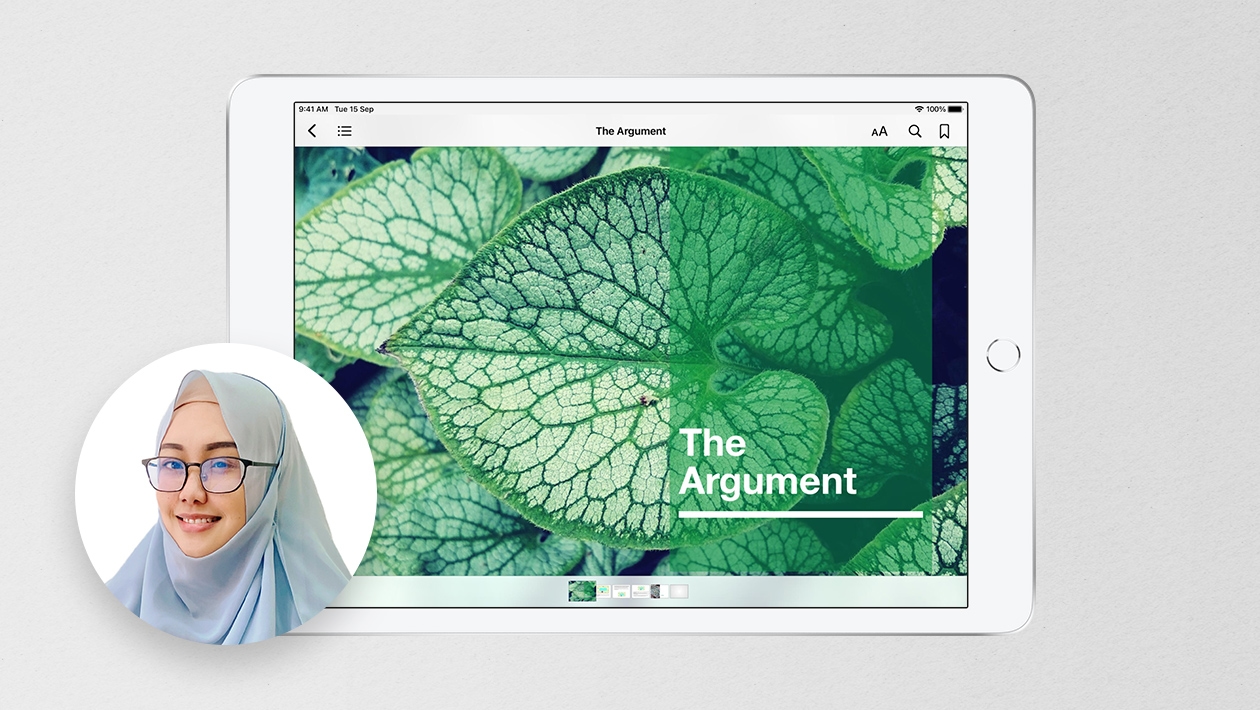Whenever I’m creating digital tasks for my learners I always ask myself, “What’s the added value here? What can they do with this task that they couldn’t do if it was a paper task?”
Recently, we were focusing on shapes - their properties, their correct mathematical names and the similarities and differences between them.
I came across a task in a NZ Curriculum Mathematics book that had used many different shapes to create a unicorn. It asked the students to identify various shapes and then create their own creature. We could easily have done that in our maths books.
To add value to it, we used Keynote for the first two steps - nothing extra in that at all - but then they were asked to animate their outcome so that we could see all the individual shapes they began with and how they then all came together.
Students then had to record themselves, using mathematical vocabulary, explaining the shapes they had used.
The added value was this: I could see who had thought a little more critically and combined shapes to create something different and I could hear what they were calling each of the shapes. This told me if they were calling the shape a triangle or if they were thinking beyond that and calling it an equilateral triangle for example.
The task also encouraged the students to problem solve and think creatively. Some tried using simple animations and then realised they weren’t sure exactly where each shape needed to go. Some went straight to magic move and used just two slides - while some used a new slide for each magic move they wanted to make.
To extend their thinking - I challenged some of them to adjust the timing of the shapes movements to match the length of their audio recording.
There was a lot of sharing and collaboration amongst the students during this task - something that wouldn’t have happened so much with the original version.
To display their work, they made a copy of the original file and deleted the first couple of slides before exporting their finished animation as a movie. They uploaded it to their Google Drive, shared it so anyone with the link could view it and used that link to create a QR code. The students were tasked with arranging all the QR codes into a shape on the wall for others to scan and watch their animations.
The Keynote template we used is linked below. How might you tweak this task for your students?









September 08, 2024 . English
English
Lovely to hear your students narrate and animate their thinking and creation! Wonderful demonstration of a very creative way to determine the progress of student understanding!
This action is unavailable while under moderation.
This action is unavailable while under moderation.